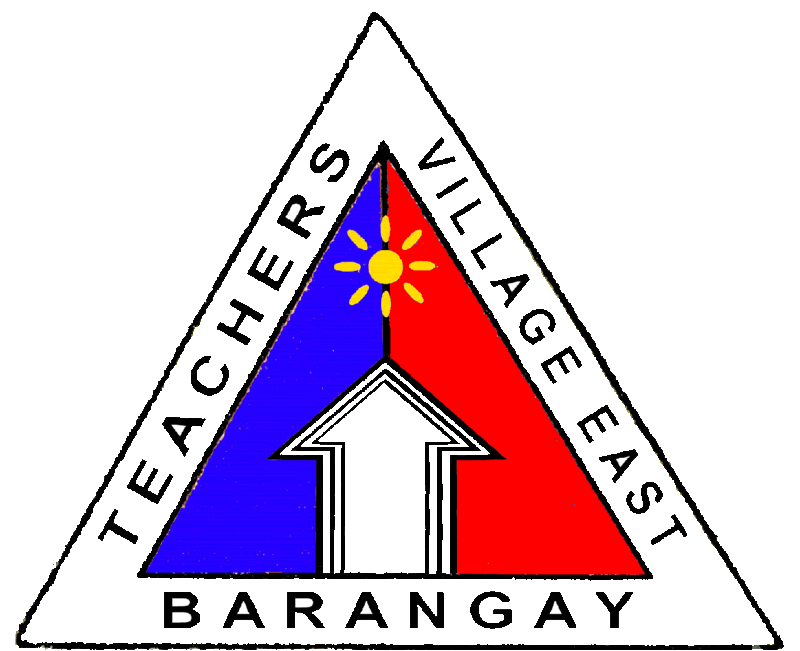RA 9003
The Ecological Solid Waste Management Act of 2000 (Republic Act 9003) passed in January 2000 was enacted largely in response to the growing scarcity of disposal sites, particularly in Metro Manila, which resulted in the garbage crisis in the region. The law emphasizes solid waste avoidance and volume reduction through source reduction and waste minimization measures, with the protection of public health and the environment as the primary goal. Some of the provision of the law are of interest in this study and are listed below
a) Section 21 requires the mandatory segregation of solid wastes at source to include household, institutional, industrial, commercial and agricultural
sources. The wastes will be segregated and properly marked as can-be- composted, non-recyclable, recyclable or special wastes. Segregation and collection of biodegradable, can-be-composted and reusable wastes shall be conducted at the barangay level, while collection of non-recyclable materials and special wastes shall be the responsibility of the municipality or city (Section 10).
b) Article 4 (Sections 26-33) and Article 5 (Sections 34-35) establish recycling and composting programs, including an inventory of existing markets for
recyclable and can-be-composted materials, the establishment of materials
recovery facilities at the local level and setting up of drop-off locations for
recyclable materials. Standards for non-environmentally acceptable products and
packaging will be developed and imposed on manufacturing and commercial
establishments.
c) Section 47 provides LGUs the authority to collect solid waste management
fees.The LGUs can impose fees sufficient to pay the costs of preparing,adopting and implementing a solid waste management plan. The following factors shall be used as the basis for setting the fees: types of solid waste; amount/volume of waste; and distance to waste management facilities.
As a response to the Republic Act stated above, barangays such as the one we have selected began developing their own program in order to comply with the provisions stated in RA 9003. An intensive campaign was setup to inform, educate, implement, and eventually sustain an effective waste management program in the barangay. This is the program they came up with:
Barangay Teacher’s Village East Waste Management Program Implemented through Resolution No. 129, S-06 on the 30th of October 2006, Barangay Teacher’s Village East formed a committee on waste management and defined their responsibilities and functions. They defined their functions and responsibilities as such:
– Formulate Barangay Solid Waste Management Plan consistent with Ra 9003[1]
– Organize Core Coordination
– Conduct Information and Education Campaign
– Allocate barangay funds of look for alternate source
– Submit monthly report to the City’s Solid Waste Management Committee
– Conduct regular meetings
The resolution was implemented by the said committee who consists of the following people:
• Brgy. Capt. Robert Bautista, Chairman of BSWMC
• Kagawad Manuel Gallo, Chairman of Clean & Green
• Kagawad Melinda Miguel, Chairman of Livelihood
• Mr. Raymund Bautista, President of Maalalahanin Neighborhood Assoc.
• Mr. Francisco Santiago, President of Matimtiman-Mahabagin Neighborhood Assoc.
• Mr. Ferdinand Macaibay, President of Maningning Neighborhood Assoc.
• Gen. Manuel Oxales, President of Matimtiman Neighborhood Assoc.
• Mrs. Gloria Gallo, President of Brgy. Teachers Village East-Preschool
• Mrs. Aida Briones, PTA President
• Mr. Reynaldo Jose, NGO Representative
The barangay program puts emphasis on segregation on the household levels and is very active in disseminating information about the do’s and don’ts through booklets. These are distributed to every households and commercial establishments in the area under the barangay. They have put great emphasis, as seen in their information booklets, on segregation on the level of residences. Residents and business owners are taught to separate biodegradable and non-biodegradable properly in order to facilitate a quick and organized way of collection. This also lessens the total volume of garbage sent to dumps and in turn helps some businesses to save a little bit of money by reusing some materials like metal containers and plastic bottles.
In accordance with the resolution, there are also separate days of collection between recyclable and biodegradable goods. Recyclable materials are collected every Mondays and Thursdays. And on these days any garbage bag with non-recyclable or biodegradable kinds of garbage won’t be collected and must be segregated. Tuesdays and Thursdays, on the other hand, are days for the collection for biodegradables and residual wastes, such as sanitary napkins, diapers, soiled tissue paper, light bulbs, rags, ceramics , and the likes. These are collected by the barangay’s own ECO-AIDE group which also functions as inspectors. They see if the certain household follows the program and if not inform them of the procedures and the provisions of the barangay’s program. Garbage is also collected from seven to ten-thirty in the morning. There are also many tips given by officials in order to facilitate a smooth flow of garbage collection. These are labeling garbage bags and limiting them to 2 bags.The barangay committee on waste management also advises residence to observe the six o’clock habit in which residents clean the front of their homes once during six in the morning and during six in the afternoon.
Subscribe to:
Post Comments (Atom)

No comments:
Post a Comment